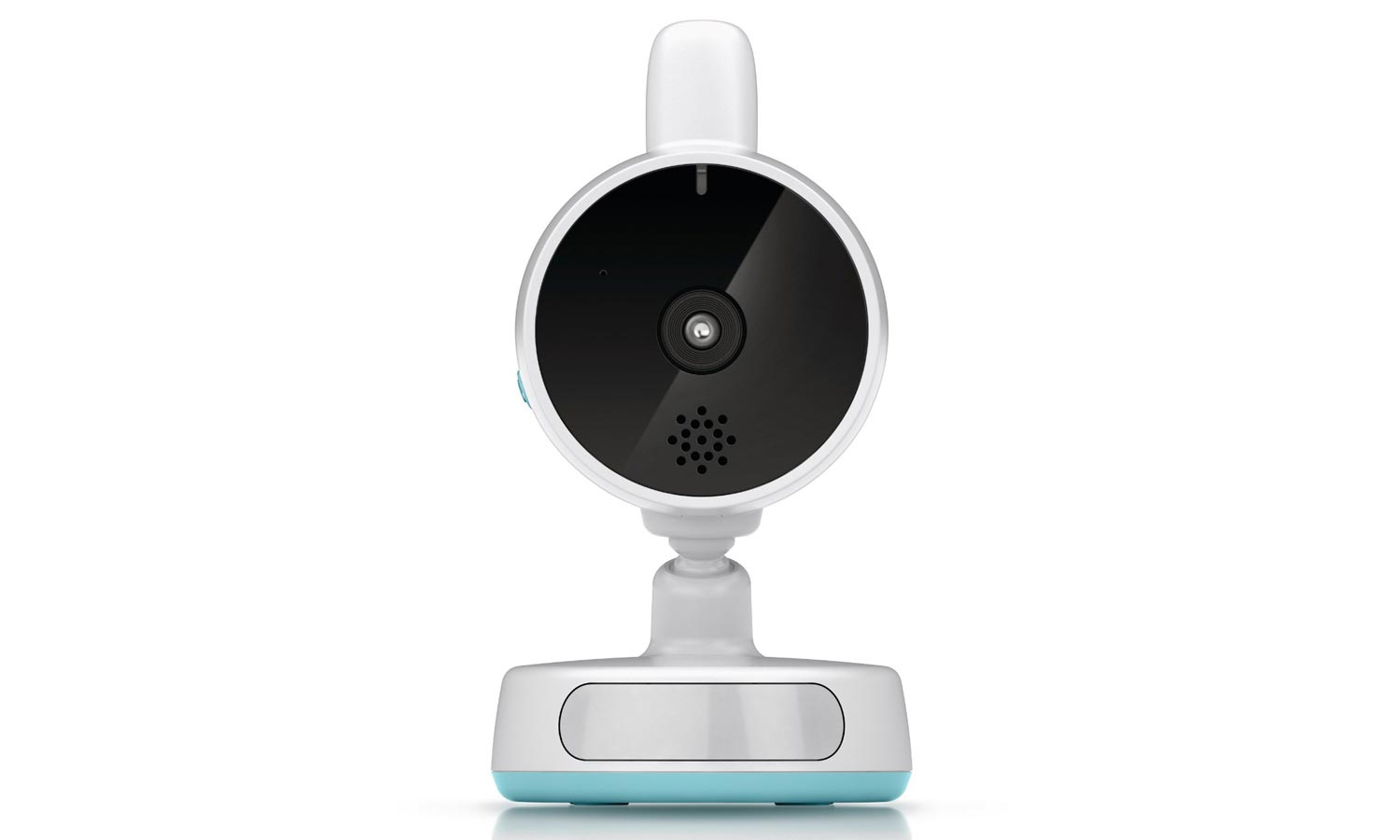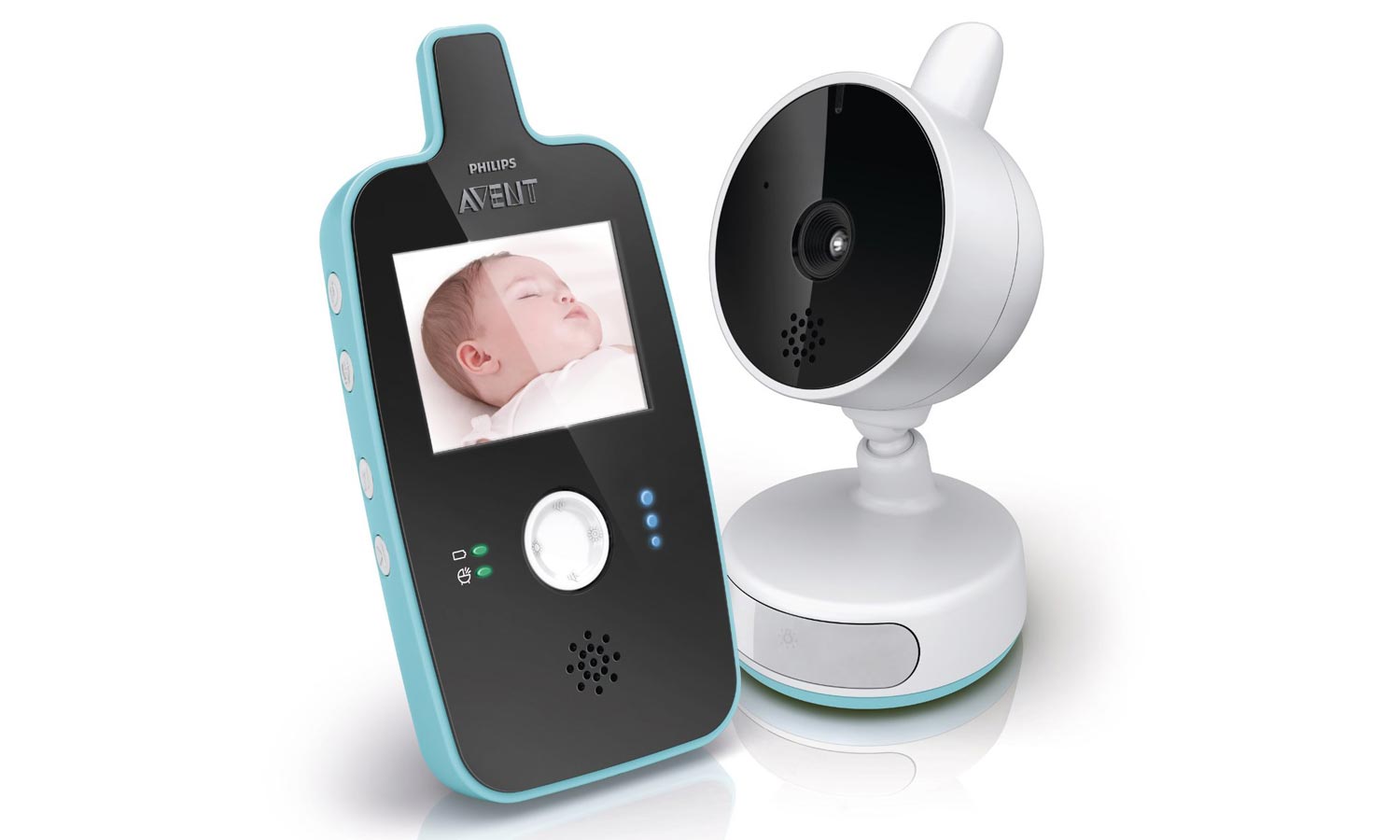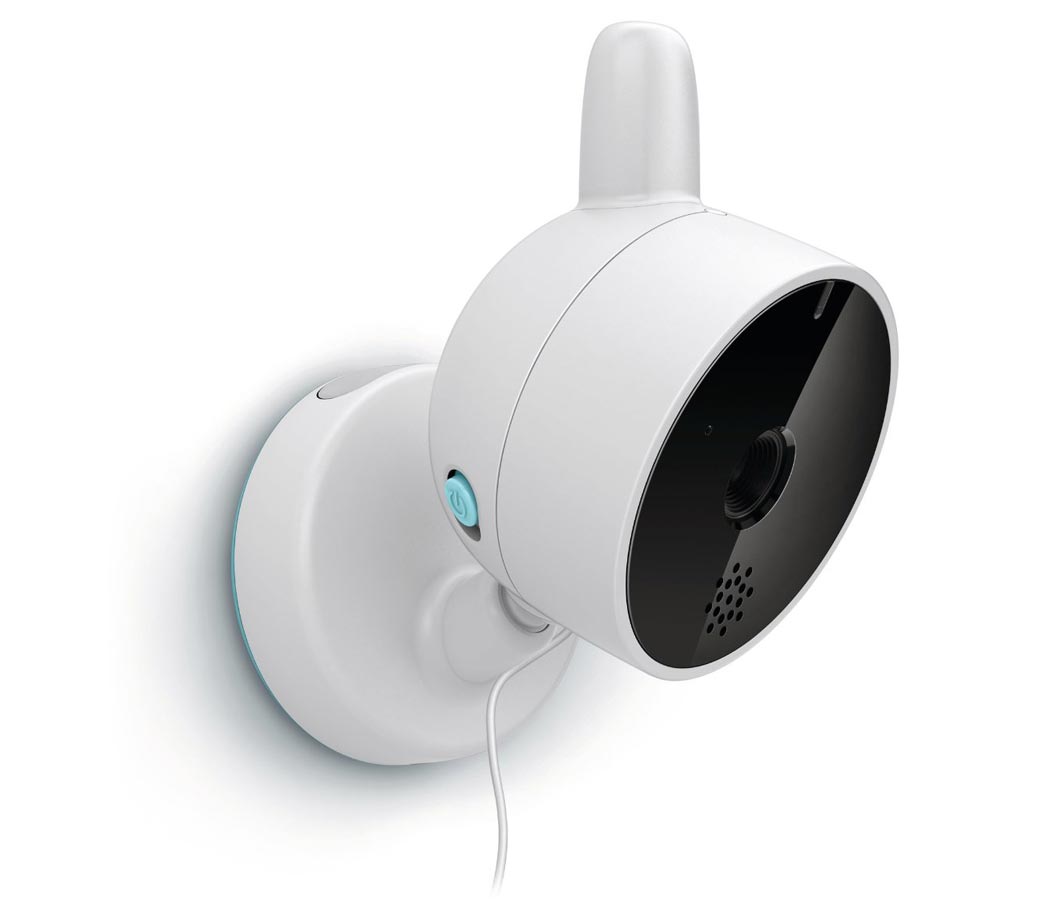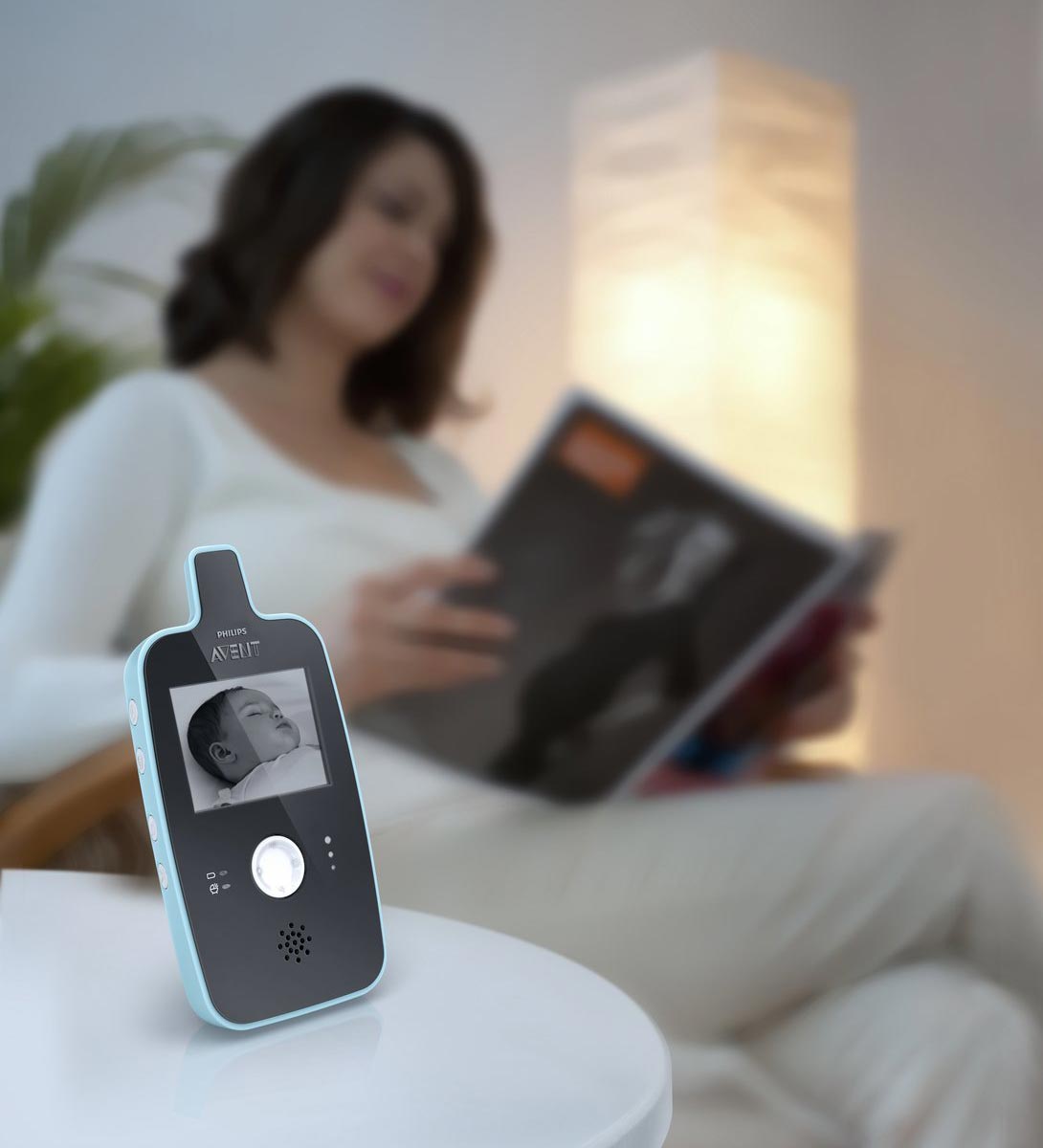Tom's Guide Verdict
While the Philips Avent is easy to use, it lacks key features such as the ability to remotely adjust the camera or initiate push-to-talk to soothe a crying baby.
Pros
- +
Unique design
- +
Good battery life on handheld viewer
Cons
- -
Can't move camera remotely
- -
No image or video recording or push-to-talk feature
- -
Distracting infrared lights
- -
No dedicated smartphone app
Why you can trust Tom's Guide
Credit to Philips engineers who clearly decided to consciously go a different route than rival video-monitor makers, with a device that focuses more on ease of use than do other brands. The Philips Avent Digital Baby Monitor ($220, though available online for substantially less) doesn't spring for the fanciest features and functionality. But, unfortunately, it still comes up short in some critical ways, such as remote camera movement or two-way walk.
Design
The Avent monitor weighs in at 4.8 ounces, the lightest one we tested. Setup is simply a matter of plug and play, and once the handheld monitor could pick up the camera through the wall, there wasn't much of a connectivity issue.

You won't find a charging-light indicator when you plug the Avent monitor into the wall. We got about 6 hours of continuous video on a single charge — good but still noticeably below the 7.5 hours we got from Motorola's MBP853 Connect.
The back of the Avent monitor has an odd belt clip that juts out at an angle and can rotate 360 degrees. This clip would serve as a halfway decent kickstand, but it's a little skinny.
Specs
Camera Range: No remote-pan/tilt features
Handheld Monitor: Yes
Mobile App: No
Temperature Sensor: No
Humidity Sensor: No
Handheld Viewer Size: 5.6 x. 2.7 x 0.8 inches
Weight: 4.8 ounces
Video Recording: No
Subscription: No
Features
There's no mobile app, so you're stuck with the handheld unit, which itself can't move the Avent's camera. You can crane the camera's neck with your hands when you're physically in your child's room, but that's the only way to adjust it — a significant and glaring shortcoming compared to other monitors that do have remote features. (It's worth noting that even though the Nest Cam also lacks remote camera movement, its range is so wide and picture so detailed that this isn't truly a limitation.)

Instead, the directional pad on the Avent's handheld unit can adjust brightness (up and down) and listening volume (left to right). The buttons are responsive and easy to press, but it would be a bigger deal if they could also move the camera angle with ease.
The Avent offers a voice-activation mode that kicks on your screen and sound when the device detects crying, but there's no option to push-to-talk through the camera.
MORE: Top-Rated Wi-Fi Extenders to Boost Your Signal
Price becomes a major consideration with this monitor, which is listed for $220 on the Philips website. Other online sites offer the monitor for substantially less: $134 at Amazon as of this writing. Given the Avent's significantly discounted price, which makes it a viable budget option, this monitor's missing features are easier to accept. But when it carries a price tag comparable to more full-featured options from Motorola and iBaby, the Philips Avent is a less attractive choice.
Performance
The quality of the Avent's 2.4-inch LCD screen is decent but not as overwhelming as, say, the VTech VM343 we tested. Color video provides enough detail that you can make out facial features from 7 feet away, but the quality of the low-light infrared cam is severely muted.

The 5.5-inch-tall wall-mountable camera unit gives off a ring of bright-red infrared lights when in night mode. Those proved quite distracting to a sleeping 2-year-old. The Avent camera also has a rectangular, yellow nightlight embedded in its lower front portion. The camera itself feels well-built and — except for those infrared lights — actually doesn't draw too much attention to itself.
MORE: VTech V343 Baby Monitor Review
Bottom Line
The Avent lacks a mobile app, and it doesn't let you take pictures or record video, initiate push-to-talk to soothe your child, or even remotely control the camera angle. That means this monitor lacks too many features that competing monitors can provide. A lower price tag, when available, makes the Avent a legitimate budget-friendly option.
Erik Malinowski is an author, features writer and editor who has contributed to numerous publications, including Wired, Rolling Stone, Slate, Bleacher Report, BuzzFeed, Atlas Obscura, Baseball Prospectus, and more. He has also been recognized in three editions of the Best American Sports Writing anthology and has written a book on the rise of the Golden State Warriors.

